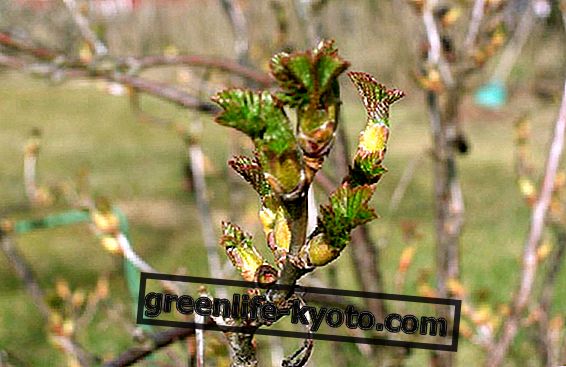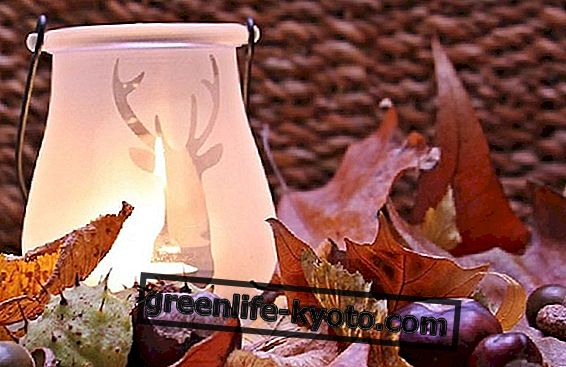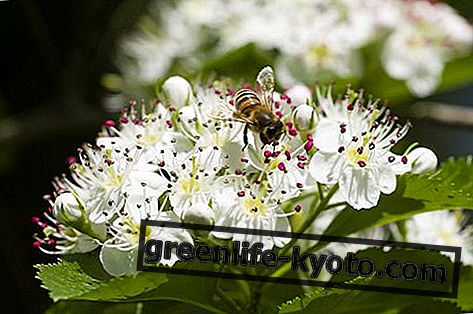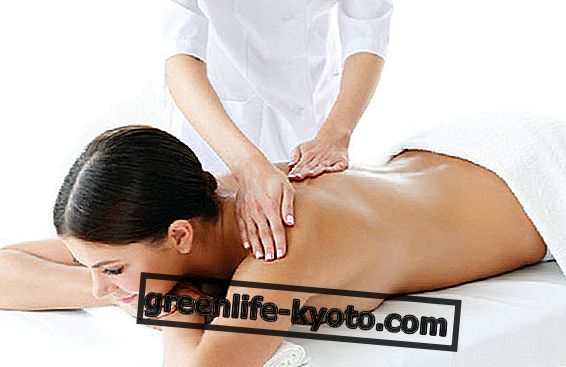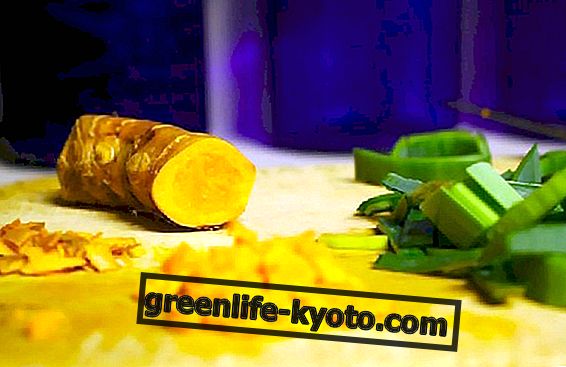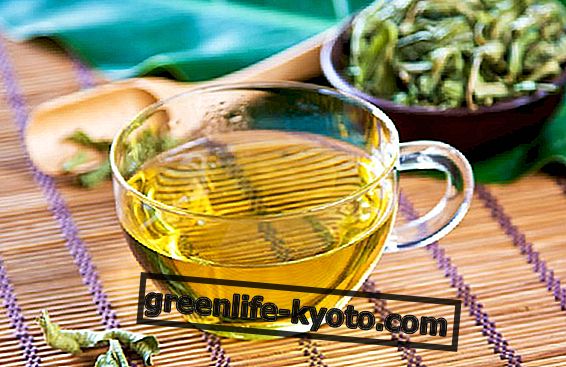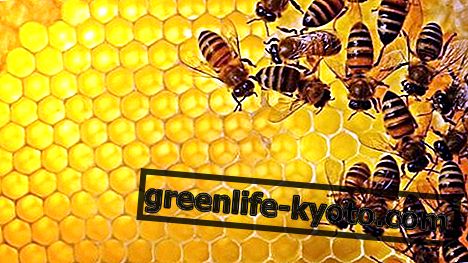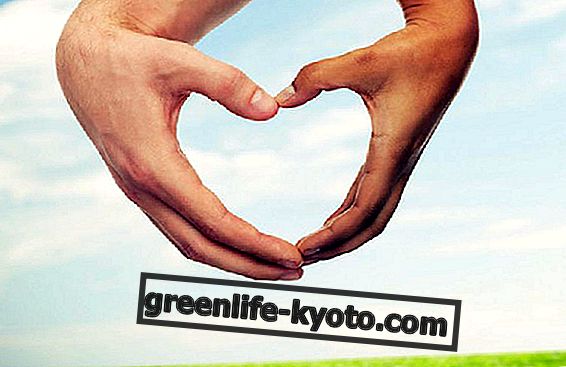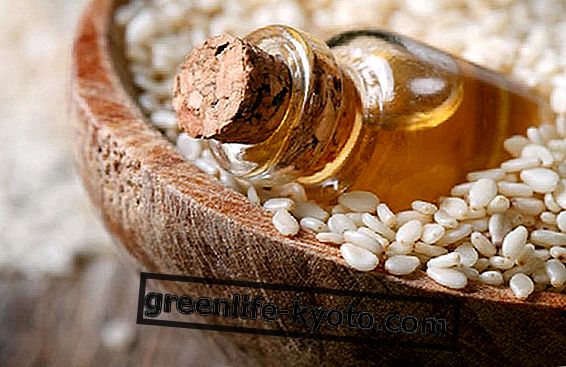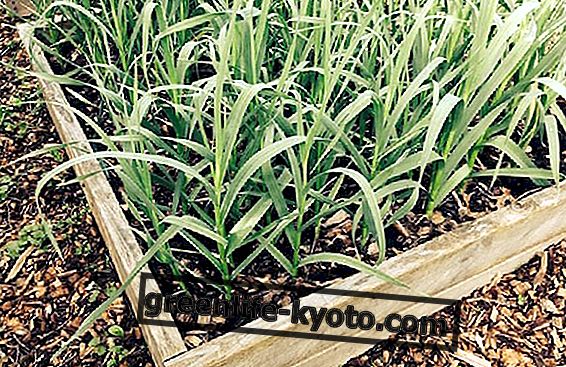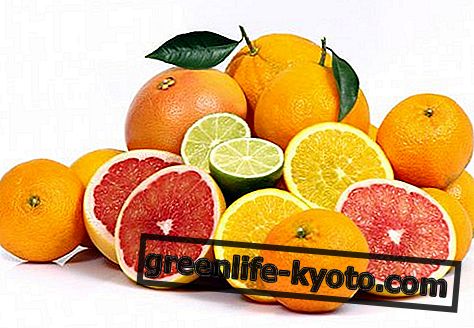
As we know, Ayurvedic medicine is an ancient medical science that has its roots in Indian tradition . In the last century it was rediscovered and systematized by attracting the attention of the western world too, which, from curious exoticism, began to look at it with increasing scientific interest.
The approach that this medicine chooses in patient care is very far from what we are used to and uses its own practices and therapies based, generally, on the interaction of treatments and on a plurality of approach: we do not focus only on on the individual and on the "evil" that afflicts him, but we consider the lifestyle, the diet, the context that constitutes his reality .
The ayurveda pharmacopoeia mainly uses remedies of natural origin such as plants, roots, leaves and flowers; properly treated, they can be used according to their specific properties in the form of ointments, creams or solutions .
If this kind of medical care does not appear to us particularly far from our tradition, the so-called "Ayurvedic treatments" are unparalleled in the West also in terms of spreading people's daily lives.
Ayurvedic treatments: benefits
Ayurveda treatments have as their primary purpose the health of the person who, according to this medical science, takes place when the three doshas - vata, pitta and kapha - are in perfect balance .
This condition of bliss is immensely rare therefore it is always necessary to intervene exogenously to act on this or that imbalance. This happens in many ways: certainly through nutrition or lifestyle, but also thanks to Ayurvedic treatments.
Trying to use a language that is more catchy to us, these treatments can work on many psycho-physical disorders : from those of pressure, to those of chronic stress, from those of bones, to those of the skin, etc. They improve blood and lymphatic circulation, act on internal organs, promote deep relaxation.
Using natural oils and specific ointments, the benefits of the treatments are combined with those of the conductors used to let the hands slide over the body with particular well-being of the epidermis that will acquire brightness, softness and hydration.
A very negligible aspect of Ayurvedic treatments is that, under normal conditions, they do not have the slightest side effect and are also suitable for the most delicate categories; some massages are aimed and recommended even for newborns. On the contrary, some of them are under examination by research centers because they could also be indicated for the recovery of sick subjects or those with problems mainly of bone or muscle nature or deriving from stress.
Discover ayurvedic massages for women
Types of Ayurvedic treatment
The most well-known Ayurvedic treatments also in the West are mainly massages and muds . We do not include real therapies in this list because they must only be prescribed by a trained and competent ayurveda doctor.
There is also a specific treatment for the well-being of the eyes called Netra Vasti, but below we see the most famous and most widespread treatments at our latitudes.
Abhyanga massage
The Abhyanga massage is the king of Ayurveda massages and involves the entire body, literally from head to toe. It is carried out with oil at room temperature, if possible specific for the recipient's dosha.
The operator carries out tapping, kneading and friction maneuvers which are intended to release tension, cancel fatigue and improve body functions. Anti-aging and relaxing, it is a tonic for the nervous system.

Shirodhara
This treatment concerns only the head yet is able to give very deep states of relaxation. It consists of pouring continuously poured oil onto the forehead, at the point between the eyebrows.
It is particularly suitable for problems related to insomnia, psycho-physical exhaustion and headaches .

Ayurvedic muds
In Ayurveda, not only oil is used as a conductor during treatments, but also Ayurvedic mud. Among other things, they are not inert matter, but they are rich in numerous properties that generously return to the skin during the massage.
Sprinkled all over the body, they are generally enriched with essences suitable for each dosha . They are particularly suitable for skin problems.

Pindaswedana
This type of treatment is rather characteristic because it involves the use of hot pads all over the body . After having well oiled in fact, the operator uses these specific pads, a sort of linen bundles filled with herbs, spices or cooked rice in specific decoctions. These are expertly pressed all over the body giving a great relaxing effect.

Urdvartana
The Urdvartana massage is carried out with powders that have the task of forming a delicate peeling for the entire epidermis. A mixture of flour and oils is in fact rubbed on the body activating and reinvigorating the skin. This treatment ends with a detoxifying steam bath called swedana .

Hukka
The oil massage is enriched with warm polished stones placed in specific points of the body. The use of stones is quite common in the massage tradition and sometimes some of them can also be precious ( ratna massage).

Nasya
This type of treatment consists of the introduction of medicinal substances through the nostrils . They can be conveyed through oils, powders, decoctions, infusions, fumes . It is generally indicated for problems related to the ears and nose.

Treatments in pregnancy ( garbabhyangam ) and neonatal ( shantala )
The period of pregnancy can be obscured by physical problems that are not serious, but certainly annoying.
One of the many tools at the service of women to find relief from discomforts such as agitation, poor circulation, water retention is the Ayurvedic massage during pregnancy, a true injection of well-being and endorphins.
Regarding the newborn, once out of the embrace of the maternal uterus, it needs contact and care which, according to Ayurveda, are also manifested through the massage that the mother or an operator give to the child from the first moments of his life .
Find out more about mud and mud therapy
To know more:
> The sludge, what it is and what it is used for
> Ayurvedic medicine, what it is and what it is used for
> Ayurvedic massage

